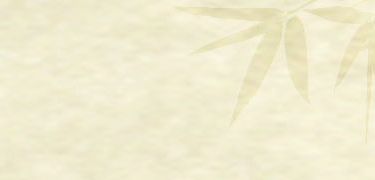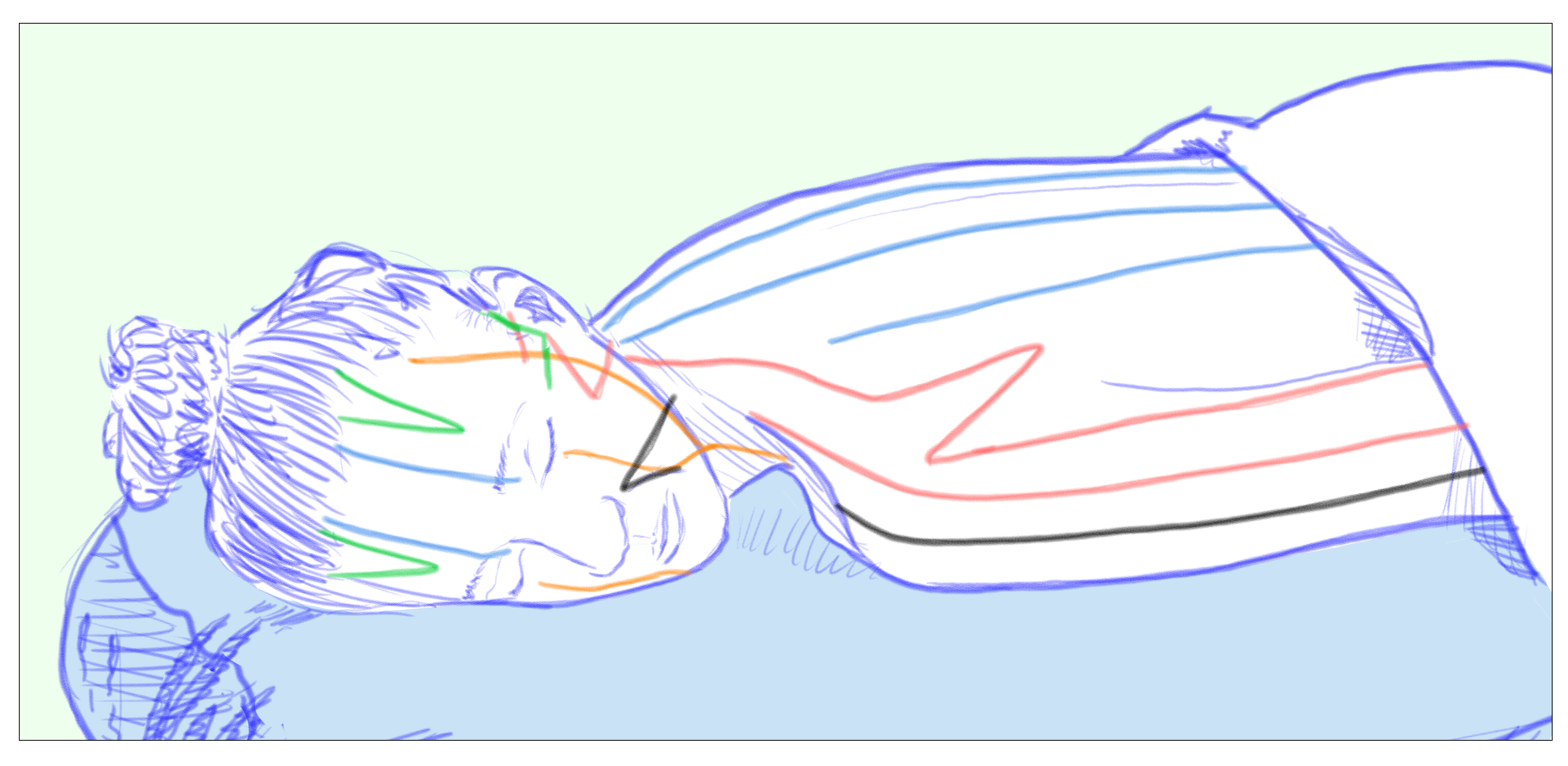
William Schecher, L.Ac.
CLASSICAL FIVE ELEMENT ACUPUNCTURE



Acupuncture
Acupuncture has been practiced as a method of healing for thousands of years. It originated from a time and culture very different than how we tend to see things in the modern West. As a result, its insights into the human condition can provide profound alternatives to Western, allopathic techniques.
Two Cultural Perspectives
The Western philosophical relationship to medicine assumes many things. It is allopathic, meaning that it focuses on the alleviation of symptoms. Also, it is reductionistic and mechanistic, meaning that complex problems can be broken down into smaller, simpler parts and that those parts relate to each other by some mechanism. And most importantly, it tends to place its trust in intervention of some sort, either pharmaceutical or surgical, as a way of correcting problems in mechanisms.
By contrast, the traditional Chinese approach, of which acupuncture is part, is very different. Symptoms are seen as arising from underlying imbalance. Treating symptoms without addressing the underlying problem would be seen as pointless because the symptoms will just return in one form or another. Where the West is reductionistic, traditional Chinese medicine is holistic, meaning that instead of breaking the complexity of a person’s experience down to smaller parts, it tries to see the bigger pattern in which that person lives. And, finally, where the West looks for intervention, the Chinese approach is rooted in the assumption that we can trust nature. For all of us, our bodies are our most intimate experience of nature. Trust in nature starts with trusting our own bodies. The approach in acupuncture is to remove obstacles to healing and to trust the body/mind/spirit to heal in its own way once the obstacles are gone.

Acupuncture Channels, Points, Needles
Acupuncture is based on the perception that energy or qi (pronounced “chee”) flows in the body along defined channels. Qi is not some mystical concept. It is observed in the warmth of the body, the strength of the immune system, the ability to digest food, the movement of our muscles, and the ability of resist gravity and stand upright. Acupuncture points are located along these channels and represent places where qi can accumulate. They also function as access points to affect the flow of qi within the channel. The method of access is with a needle.
Acupuncture needles are very thin and solid. They are not like hypodermic needles that are hollow and designed to deliver fluids or take samples. Hypodermics are much larger in diameter and have a cutting point to allow the needle to penetrate the skin. An acupuncture needle, by comparison, is about the width of a cat’s whisker. Needles have polished points that allow entry to the skin without cutting or damaging the tissue. As a result, the sensation of receiving an acupuncture needle is nothing like a hypodermic needle. See What to Expect for a description of what it feels like.
All needles are pre-sterilized and used only once.
Western Acceptance
While acupuncture has been around for thousands of years, it is only the last few decades that is has begun to be accepted in the West. Thousands of journal articles are available that document the efficacy of acupuncture in treating pain, emotional suffering and as augmentation to Western medical treatment, such as in treating cancer.
For more information, contact me.
Acupuncture is based on the perception that energy or qi (pronounced “chee”) flows in the body along defined channels. Qi is not some mystical concept. It is observed in the warmth of the body, the strength of the immune system, the ability to digest food, the movement of our muscles, and the ability of resist gravity and stand upright. Acupuncture points are located along these channels and represent places where qi can accumulate. They also function as access points to affect the flow of qi within the channel. The method of access is with a needle.
Acupuncture needles are very thin and solid. They are not like hypodermic needles that are hollow and designed to deliver fluids or take samples. Hypodermics are much larger in diameter and have a cutting point to allow the needle to penetrate the skin. An acupuncture needle, by comparison, is about the width of a cat’s whisker. Needles have polished points that allow entry to the skin without cutting or damaging the tissue. As a result, the sensation of receiving an acupuncture needle is nothing like a hypodermic needle. See What to Expect for a description of what it feels like.
All needles are pre-sterilized and used only once.
Western Acceptance
While acupuncture has been around for thousands of years, it is only the last few decades that is has begun to be accepted in the West. Thousands of journal articles are available that document the efficacy of acupuncture in treating pain, emotional suffering and as augmentation to Western medical treatment, such as in treating cancer.
For more information, contact me.
Copyright © 2020 GreatBellAcupuncture.com All Rights Reserved.
William Schecher, L.Ac.
CLASSICAL FIVE ELEMENT ACUPUNCTURE
